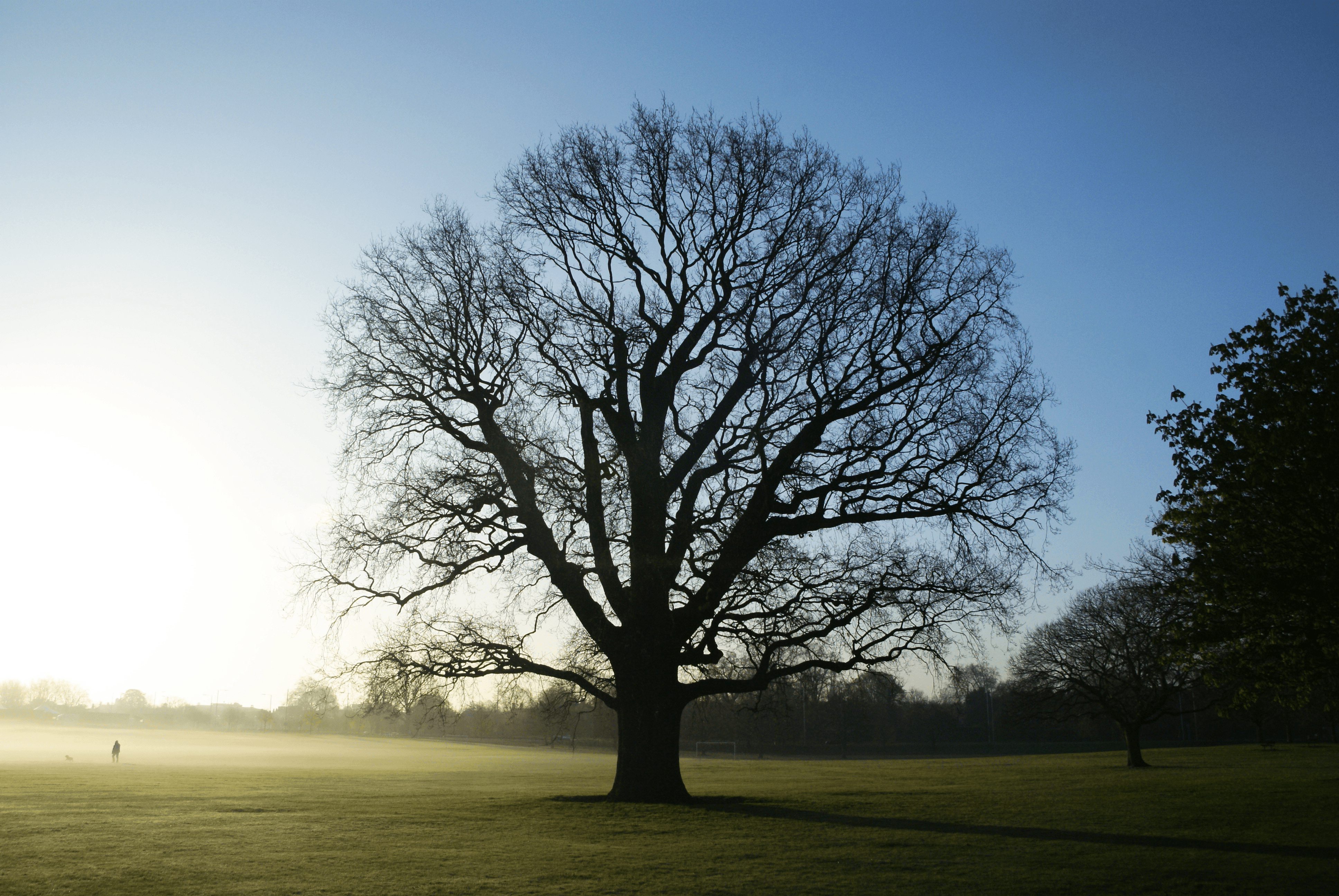Imagine if plant growth could be accelerated. This means more crops could be grown in a shorter period of time, increasing overall agricultural yield. Forests could be regenerated quickly to replace losses from deforestation and natural disasters. Growth of such forests would recapture the carbon dioxide in the atmosphere and perhaps decrease the immense human carbon footprint we created upon the planet. Such a possibility is now available due to advances in plant research.
Turning to cell biology, scientists have isolated two plant genes, PXY and CLE, responsible for tree trunk growth in both height and width. There are two unique processes important in plant growth: primary growth and secondary growth. Primary growth determines the height and sturdiness of the plant through elongation of a layer of cells known as apical meristem in the tips of branches and roots. Secondary growth determines how wide a plant grows from the cambium layer and generates more xylem and phloem (like plant blood vessels) through inward and outward growth. Since any interruptions in the function of these areas have an effect in plant growth, manipulation of the two discovered plant genes can directly increase growth.
Image Source: Visuals Unlimited
In their paper published in Cell, the researchers noticed that when the PXY and/or CLE genes were over-expressed throughout the plant, the plant suffered drastically in growth and had abnormal xylem and phloem. However, when PXY and CLE were selectively expressed in specific tissues of the plant—mainly the cambium where cell division and growth happen—the result was a two-fold increase in trunk diameter and height. Additionally, the plant also had more leaves and an overall vast increase in biomass as a consequence.
The implications of this new understanding of plant development and genetics is huge (perhaps even as huge as the PXY and CLE-enhanced trees)! More biomass means more potential to generate biofuel in larger bulks, more food production and better harvests, higher plant adaptability to climate change, and a greener future. With a little help, future plants will no longer be stunted by climate change, but instead be sturdy and productive enough to have a fighting chance in the industrialized world.
Feature Image Source: Tree by Martin Svedén










